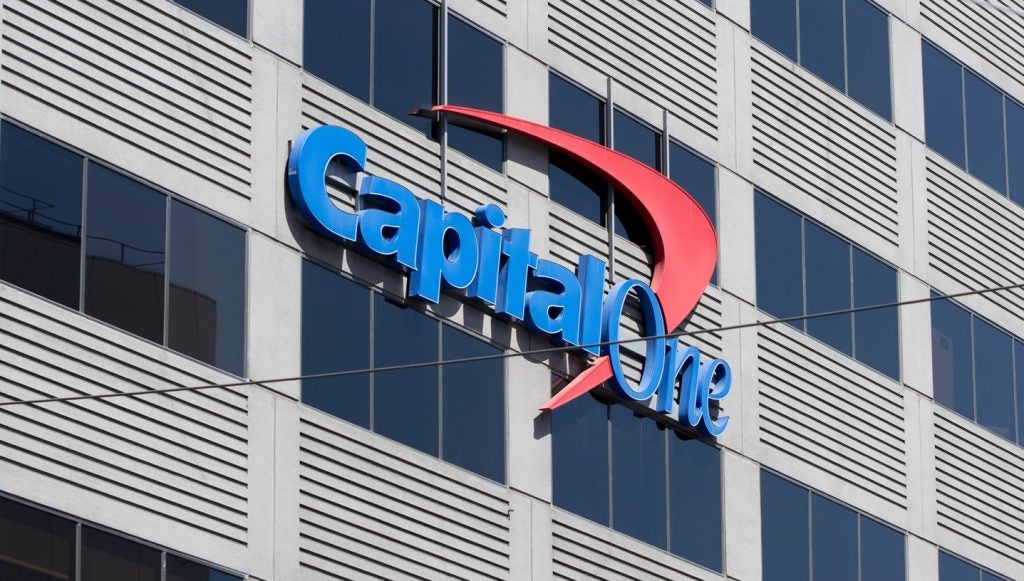US banks are sitting on a pile of cash that could turn into billions of dollars of profits, but they are faced with a new accounting standard that slows down the release of the cash reserve into profits.
The banks, and other financial institutions, are devising how to release large loan reserves under an accounting rule that complicates the task of calculating them.
As the economy improves, banks are paring back the cash stockpiles they built up to cover pandemic-era loan losses. JPMorgan Chase, Citigroup and Wells Fargo have released a total of more than $5bn of pandemic-era loan loss reserves.
In 2020, banks rushed to build up their stockpiles to cover losses on the assumption that consumers and businesses would default on their loans after government stimulus ran out.
U.S. banks had $236.6bn in total reserves in December, according to the Federal Deposit Insurance Corp., nearly double their level from before the coronavirus upended the economy and sent unemployment up sharply.
Bank executives aren’t so worried anymore. The economy has outperformed banks’ internal forecasts. Vaccine distribution is ramping up. And a $1.9tn stimulus package was signed into law last week.
How well do you really know your competitors?
Access the most comprehensive Company Profiles on the market, powered by GlobalData. Save hours of research. Gain competitive edge.

Thank you!
Your download email will arrive shortly
Not ready to buy yet? Download a free sample
We are confident about the unique quality of our Company Profiles. However, we want you to make the most beneficial decision for your business, so we offer a free sample that you can download by submitting the below form
By GlobalDataConsumers and businesses, they now say, likely have dodged the pandemic’s worst-case financial scenario.
The new rule: Current Expected Credit Losses (CECL)
Investors and analysts are increasingly questioning the banks on when their reserves will go back to pre-pandemic levels.
But jumping the gun could be dangerous: Lowering reserves too quickly and then needing to rebuild them could hurt companies’ credibility and reduce income, accountants and advisers say.
The accounting-rule change last year has further complicated the task of calculating reserves. Banks now have to record expected future losses as soon as a loan is issued, rather than wait for evidence that losses are likely.
Under US accounting standards, companies are required to forecast expected losses as soon as a loan is issued.
The rule, known as Current Expected Credit Losses, or CECL, went into effect for large public firms in January 2020, with some of them choosing to delay implementing it for a year because of the pandemic.
Private and smaller public companies have until 2023 to adopt CECL.
Companies previously didn’t have to book losses until they had evidence—such as the default of a borrower—that the losses had actually occurred.
CECL particularly impacts financial institutions because loans comprise a large portion of their assets.
Waiting for clarity
The standard also affects nonfinancial companies with financial assets ranging from loans to debt securities. Bankers say the rule makes company earnings more unpredictable.
The Financial Accounting Standards Board, which sets US accounting standards, however, has said the rule more closely aligns companies’ accounting with actual credit risks and provides investors with more transparency.
The improved economic outlook and soaring markets are leading banks to slash the funds they held for loan losses, thus boosting profits.
Bank executives are still hesitant to explain what normal, non-pandemic reserves would look like under the new rules, said Credit Suisse analyst Susan Roth Katzke, who has interviewed many of them.
Without that information, it is difficult to predict how much they will release in the coming quarters.







